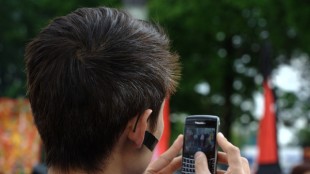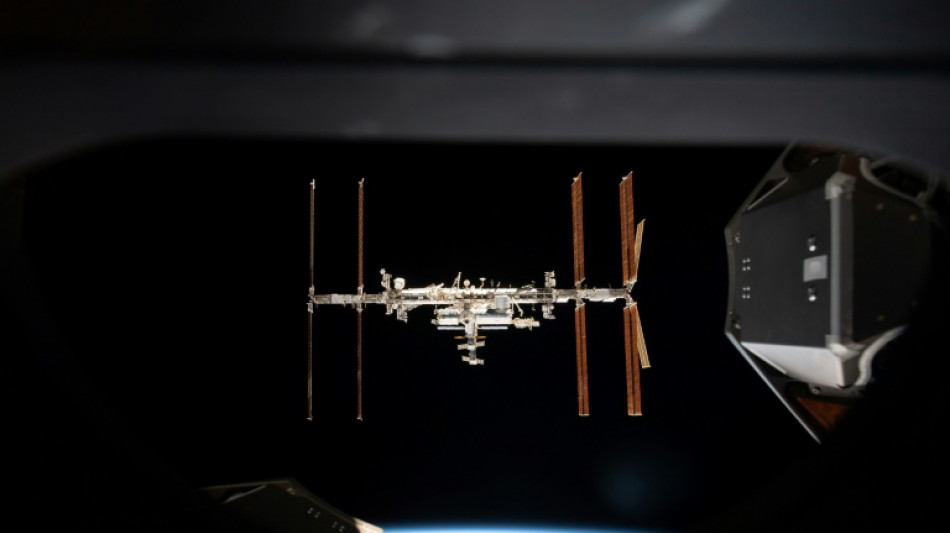
-
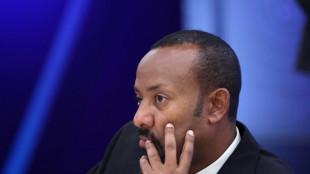 Ethiopia set to host UN's 2027 climate summit, 2026 undecided
Ethiopia set to host UN's 2027 climate summit, 2026 undecided
-
Close Zelensky ally accused of orchestrating major graft scheme
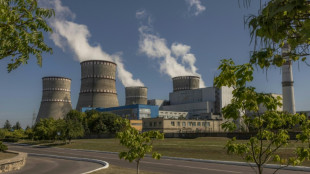
-
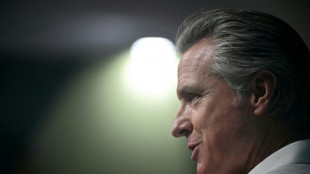 'Trump is temporary': California governor Newsom seizes COP30 spotlight
'Trump is temporary': California governor Newsom seizes COP30 spotlight
-
US stocks end mostly higher despite drop in Nvidia
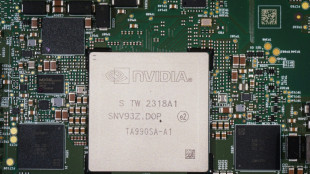
-
 Arrival of US aircraft carrier fuels Venezuelan fears of attack
Arrival of US aircraft carrier fuels Venezuelan fears of attack
-
Iraqi voters turn out in numbers as region watches on
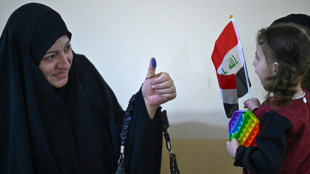
-
 Pakistan upstage Sri Lanka in first ODI as Agha and Rauf shine
Pakistan upstage Sri Lanka in first ODI as Agha and Rauf shine
-
Macron warns any planned West Bank annexation a 'red line'
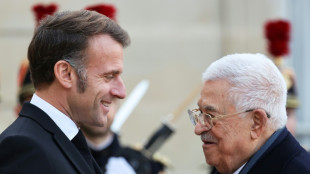
-
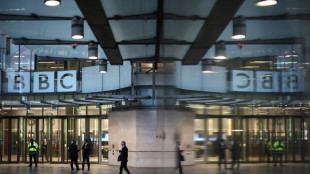 BBC must fight, says outgoing chief as Trump threatens to sue
BBC must fight, says outgoing chief as Trump threatens to sue
-
UN aid chief hails talks with Sudan army leader
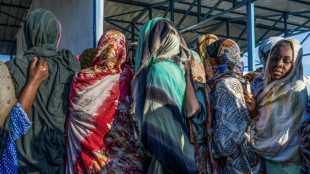
-
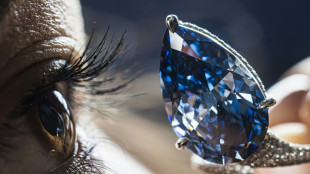 Mellon Blue diamond sells for $25.6 million
Mellon Blue diamond sells for $25.6 million
-
Google unveils $6.4 bn investment in Germany

-
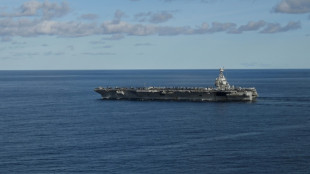 US aircraft carrier in Latin America fuels Venezuelan fears of attack
US aircraft carrier in Latin America fuels Venezuelan fears of attack
-
For many Syrians, Sharaa's US visit marks new beginning

-
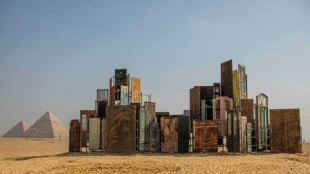 Monumental art displayed in shade of Egypt's pyramids
Monumental art displayed in shade of Egypt's pyramids
-
Stocks mixed as tech titans struggle
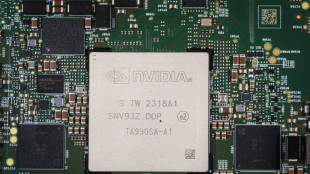
-
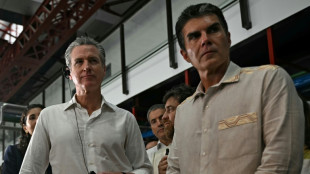 California governor Newsom slams Trump at COP30
California governor Newsom slams Trump at COP30
-
Alcaraz fights back to beat Fritz at ATP Finals
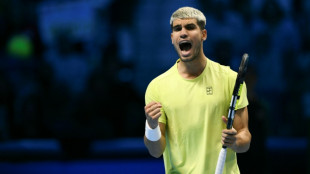
-
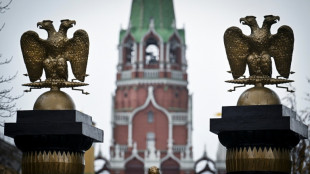 Russia offers US nuclear talks in bid to ease tensions
Russia offers US nuclear talks in bid to ease tensions
-
Turkey seeks more than 2,000 years behind bars for Erdogan rival
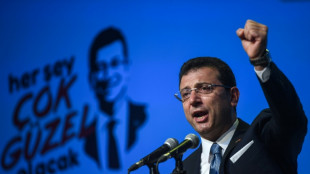
-
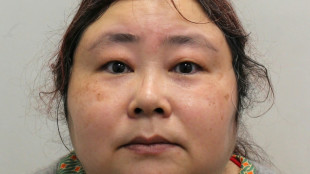 UK court jails Chinese bitcoin fraudster for over 11 years
UK court jails Chinese bitcoin fraudster for over 11 years
-
Fanfare as Guinea launches enormous Simandou iron ore mine
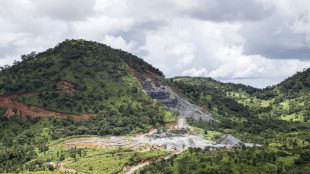
-
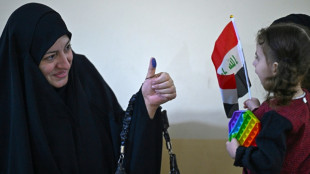 Iraqis vote in general election at crucial regional moment
Iraqis vote in general election at crucial regional moment
-
Shock follows carnage after suicide bombing in Islamabad
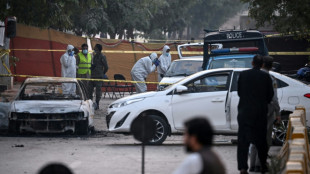
-
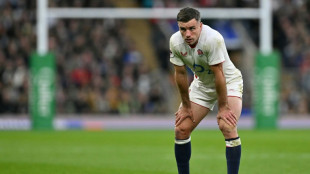 Ford returns to pull England strings against All Blacks
Ford returns to pull England strings against All Blacks
-
Stocks mixed as end to US shutdown appears closer
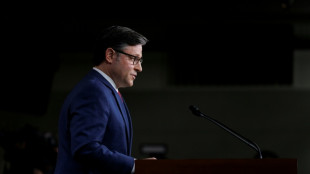
-
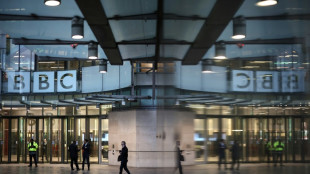 BBC must 'fight' for its journalism, outgoing chief says amid Trump lawsuit threat
BBC must 'fight' for its journalism, outgoing chief says amid Trump lawsuit threat
-
Atalanta turn to Palladino after Juric sacking

-
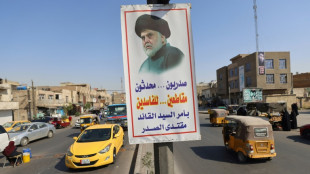 'Sayyid says': Influential Shiite cleric's supporters boycott Iraq vote
'Sayyid says': Influential Shiite cleric's supporters boycott Iraq vote
-
'It's un-British': lawmakers raise concerns about aquarium penguins
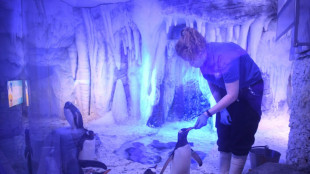
-
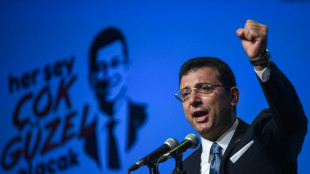 Prosecutor files 142 charges against Istanbul mayor, a top Erdogan critic
Prosecutor files 142 charges against Istanbul mayor, a top Erdogan critic
-
Agha hundred lifts Pakistan to 299-5 in 1st Sri Lanka ODI

-
 German court rules against OpenAI in copyright case
German court rules against OpenAI in copyright case
-
Calls for 'mano dura' as crime-rattled Chile votes for president

-
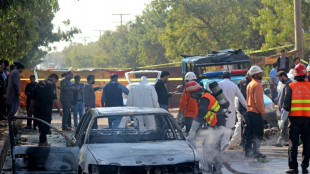 Pakistani Taliban claim deadly suicide attack in Islamabad
Pakistani Taliban claim deadly suicide attack in Islamabad
-
BBC grapples with response to Trump legal threat
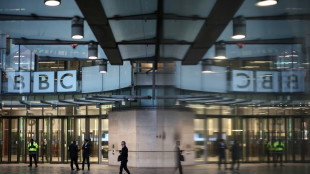
-
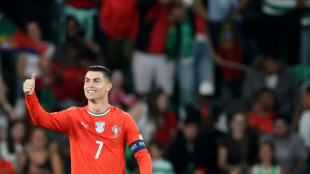 Cristiano Ronaldo says 2026 World Cup 'definitely' his last
Cristiano Ronaldo says 2026 World Cup 'definitely' his last
-
Trump says 'we've had a lot of problems' with France

-
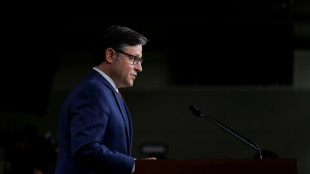 Stocks mostly rise as end to US shutdown appears closer
Stocks mostly rise as end to US shutdown appears closer
-
'Splinternets' threat to be avoided, says web address controller
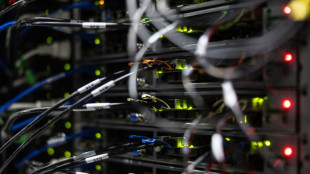
-
 Yamal released from World Cup qualifiers by 'upset' Spanish federation
Yamal released from World Cup qualifiers by 'upset' Spanish federation
-
China's 'Singles Day' shopping fest loses its shine for weary consumers
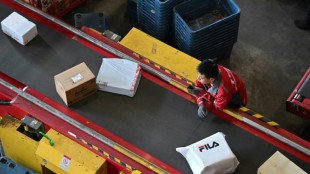
-
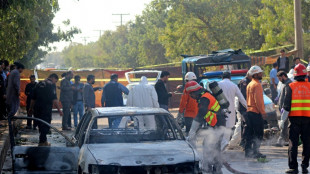 Suicide bombing in Islamabad kills 12, wounds 27
Suicide bombing in Islamabad kills 12, wounds 27
-
Philippines digs out from Typhoon Fung-wong as death toll climbs
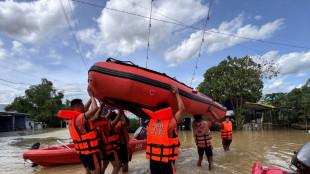
-
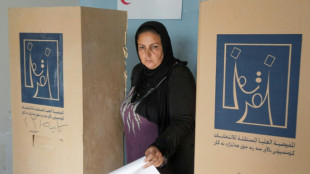 Iraqis vote in general election at a crucial regional moment
Iraqis vote in general election at a crucial regional moment
-
Asian stocks wobble as US shutdown rally loses steam
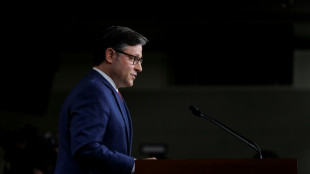
-
 UK unemployment jumps to 5% before key govt budget
UK unemployment jumps to 5% before key govt budget
-
Japanese 'Ran' actor Tatsuya Nakadai dies at 92
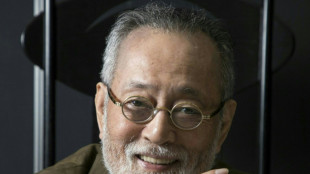
-
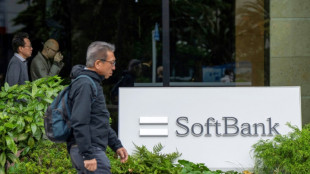 AI stock boom delivers bumper quarter for Japan's SoftBank
AI stock boom delivers bumper quarter for Japan's SoftBank
-
Asian stocks struggle as US shutdown rally loses steam
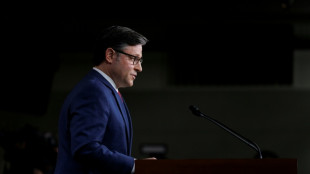

What happens to the human body in deep space?
Bone and muscle deterioration, radiation exposure, vision impairment -- these are just a few of the challenges space travelers face on long-duration missions, even before considering the psychological toll of isolation.
As US astronauts Butch Wilmore and Suni Williams prepare to return home after nine months aboard the International Space Station (ISS), some of the health risks they've faced are well-documented and managed, while others remain a mystery.
These dangers will only grow as humanity pushes deeper into the solar system, including to Mars, demanding innovative solutions to safeguard the future of space exploration.
- Exercise key -
Despite the attention their mission has received, Wilmore and Williams' nine-month stay is "par for the course," said Rihana Bokhari, an assistant professor at the Center for Space Medicine at Baylor College.
ISS missions typically last six months, but some astronauts stay up to a year, and researchers are confident in their ability to maintain astronaut health for that duration.
Most people know that lifting weights builds muscle and strengthens bones, but even basic movement on Earth resists gravity, an element missing in orbit.
To counteract this, astronauts use three exercise machines on the ISS, including a 2009-installed resistance device that simulates free weights using vacuum tubes and flywheel cables.
A two-hour daily workout keeps them in shape. "The best results that we have to show that we're being very effective is that we don't really have a fracture problem in astronauts when they return to the ground," though bone loss is still detectable on scans, Bokhari told AFP.
Balance disruption is another issue, added Emmanuel Urquieta, vice chair of Aerospace Medicine at the University of Central Florida.
"This happens to every single astronaut, even those who go into space just for a few days," he told AFP, as they work to rebuild trust in their inner ear.
Astronauts must retrain their bodies during NASA's 45-day post-mission rehabilitation program.
Another challenge is "fluid shift" -- the redistribution of bodily fluids toward the head in microgravity. This can increase calcium levels in urine, raising the risk of kidney stones.
Fluid shifts might also contribute to increased intracranial pressure, altering the shape of the eyeball and causing spaceflight-associated neuro-ocular syndrome (SANS), causing mild-to-moderate vision impairment. Another theory suggests raised carbon dioxide levels are the cause.
But in at least one case, the effects have been beneficial. "I had a pretty severe case of SANS," NASA astronaut Jessica Meir said before the latest launch.
"When I launched, I wore glasses and contacts, but due to globe flattening, I now have 20/15 vision -- most expensive corrective surgery possible. Thank you, taxpayers."
- Managing radiation -
Radiation levels aboard the ISS are higher than on the ground, as it passes through through the Van Allen radiation belt, but Earth's magnetic field still provides significant protection.
The shielding is crucial, as NASA aims to limit astronauts' increased lifetime cancer risk to within three percent.
However, missions to the Moon and Mars will give astronauts far greater exposure, explained astrophysicist Siegfried Eggl.
Future space probes could provide some warning time for high-radiation events, such coronal mass ejections -- plasma clouds from the Sun -- but cosmic radiation remains unpredictable.
"Shielding is best done with heavy materials like lead or water, but you need vast quantities of it," said Eggl, of University of Illinois Urbana-Champaign.
Artificial gravity, created by rotating spacecraft frames, could help astronauts stay functional upon arrival after a nine-month journey to Mars.
Alternatively, a spacecraft could use powerful acceleration and deceleration that matches the force of Earth's gravity.
That approach would be speedier -- reducing radiation exposure risks -- but requires nuclear propulsion technologies that don't yet exist.
Preventing infighting among teams will be critical, said Joseph Keebler, a psychologist at Embry-Riddle Aeronautical University.
"Imagine being stuck in a van with anybody for three years: these vessels aren't that big, there's no privacy, there's no backyard to go to," he said.
"I really commend astronauts that commit to this. It's an unfathomable job."
F.Schneider--AMWN


